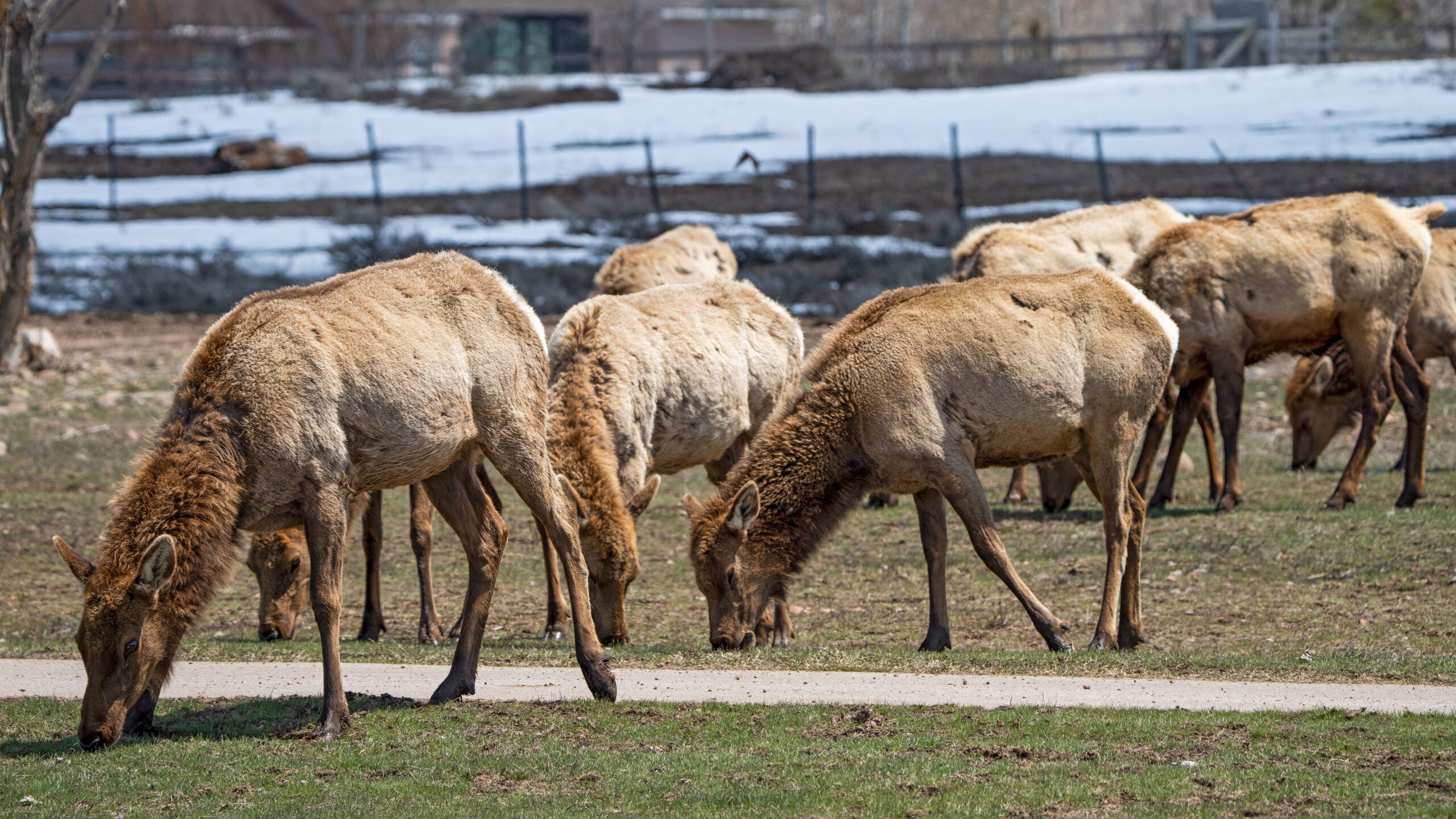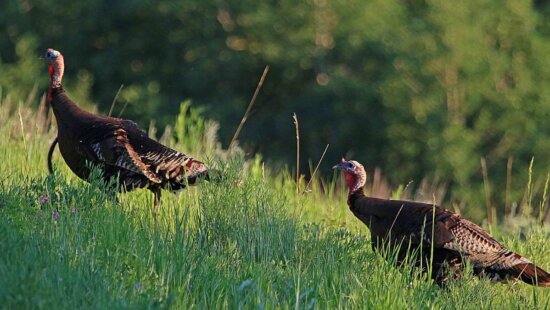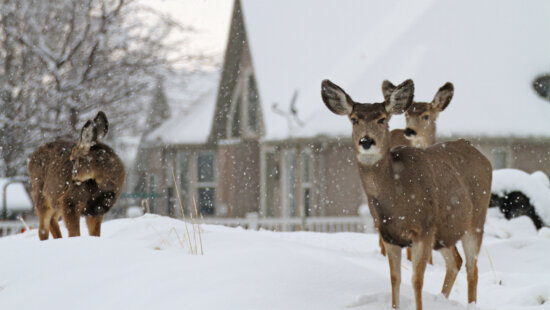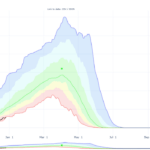Environment
Unlocking the secrets of Utah’s amazing cougars
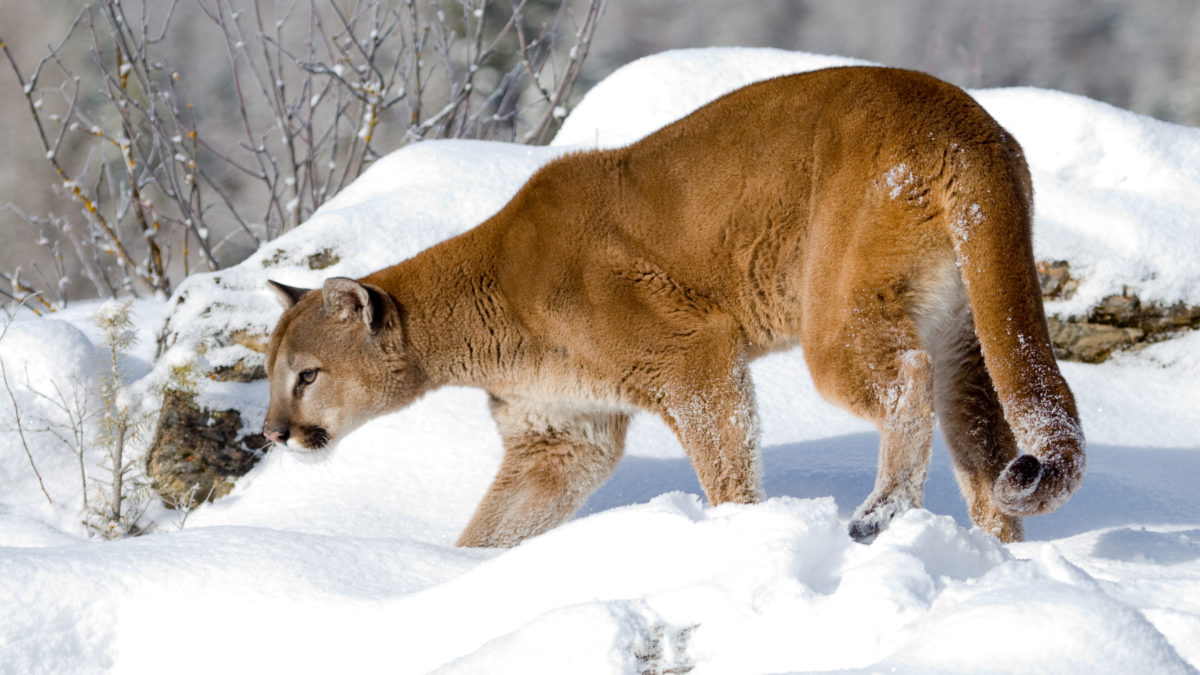
Photo: Lynn Chamberlain, Utah Division of Wildlife Resources
A cougar's amazing journey took her across three states and 1,000 miles in less than 165 days
PARK CITY, Utah — Morgan Hinton, a Southern Region wildlife biologist for the Utah Division of Wildlife Resources, published an article on Feb. 13 highlighting the amazing journey of a female cougar. F66, as she was called “completed 1,000 miles in less than 165 days, averaging 6 miles per day — with some days exceeding more than 20 miles of travel,” Hinton wrote.
F66 was collared in Feb. 2022 in the Wasatch Mountains. In May 2022 she started her travels through Utah, Wyoming and Colorado in what is called a dispersion event. Her journey even included a quarter-mile swim across Flaming Gorge Reservoir. You can track her journey here.
Utah’s wildlife monitoring programs
“Utah has a large aggressive monitoring program with more than a decade monitoring mule deer,” said Darren DeBloois, the DWR game mammal coordinator. Since 2018 the number of collared adult cougars has increased. Now there are over 60 cougars that have been collared with 30 of those in the last few years. The DWR is collaborating with Brigham Young University and Utah State University in their research efforts.
What tracking has revealed
By tracking both male and female cougars, researchers have discovered that both travel, but females seem to be the ones more likely to go on a dispersion event. They found one female that travelled from Cache County to the Tetons, where ranchers saw an increase in sheep killing. Once they implemented measures to reduce sheep killing, the cougar decided to winter in Idaho and return to Utah.
Cougars do not migrate as mule deer do, but they have learned to take advantage of mule deer migrations. Cougars don’t follow the mule deer as they migrate, but they know when they will come through a specific area and hunt them at that time.
Are cougars predators or scavengers?
In order to learn what cougars are eating and whether they prey on mule deer or mostly scavenge, the DWR has found that if they can get to a dead collared mule deer or elk within 48 hours of their death, they can beat the scavengers and find out how the deer or elk died. This showed that most mule deer died by being attacked by a cougar, rather than the cougar scavenging on them after death.
How many cougars are there?
Utah has approximately 2300 cougars two years old and older. This data comes from checking the age of the teeth of cougars taken in hunts since 2018. The number of cougars were growing until 2019, then leveled off by 2021 and seem to be headed down since then.
Research has shown that mountain lions can suppress mule deer populations in the state, so hunting either can be helpful when the populations have become out of balance.
Basic facts about cougars
Cougars, which are also called mountain lions, pumas, and in Florida panthers, do not travel in packs. Cougars can breed any time of the year, so you may see a female traveling with her one-year-olds. They are most active from dusk to early morning in the mountains and rugged areas in the canyons. Darren DeBloois says, “cougar attacks are rare… usually they will just observe.” “People are at more risk driving to the trailhead,” added Randy Larsen, a professor in the Department of Plant and Wildlife Sciences at BYU.
What to do when you live in cougar terrain?
- Avoid having their prey in your yard, i.e. don’t feed the deer. They won’t steal the dog food.
- Keep pets in the house during dawn and dusk.
- If you do encounter one, be aggressive, stand tall and make noise. Mountain lions are ambush predators.
- No need to call DWR if you see a cougar unless they have prey under your house and need to be removed, or a similar situation.
















